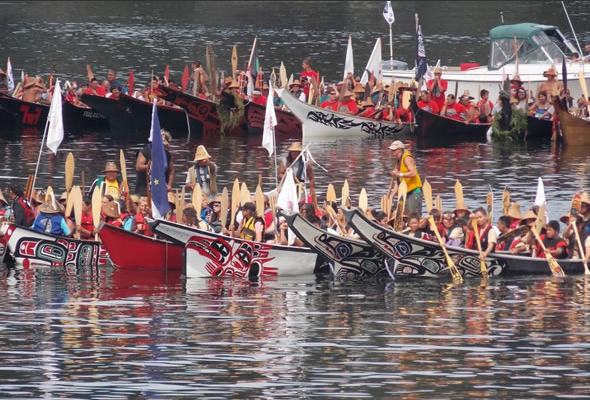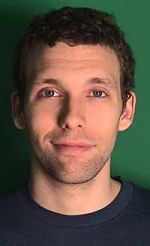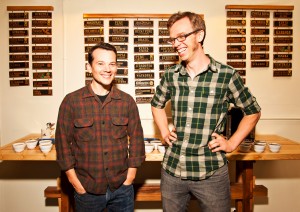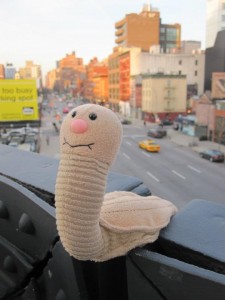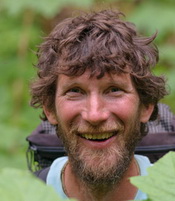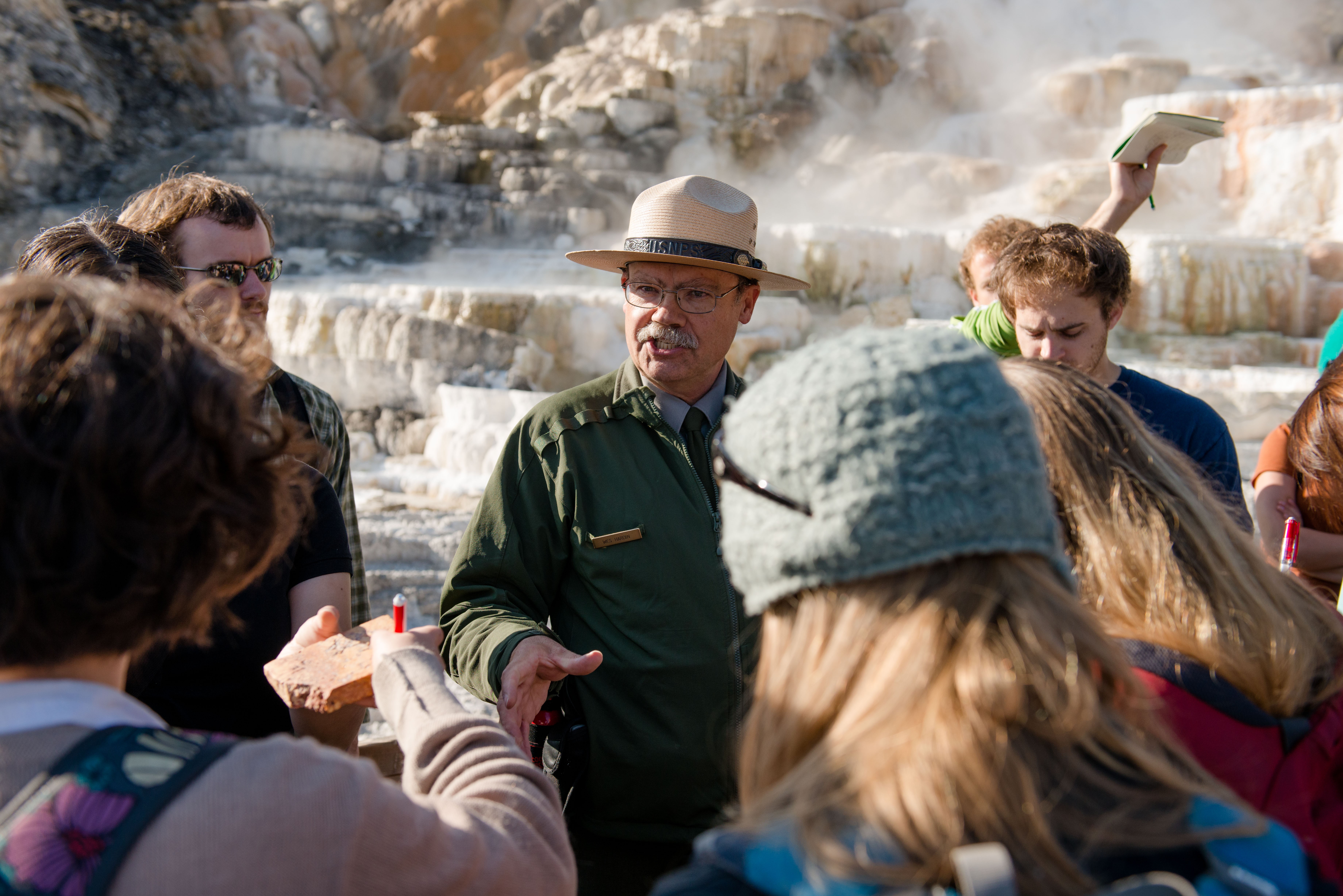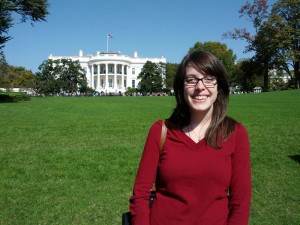
Christina Meister, Evergreen senior & Intern at the White House
This year Christina Meister, a senior at Evergreen, is jumping in the White House for a four month Internship Program. More than 5,000 students applied and only 165 were chosen. In the midst of her busy schedule, Christina answered our questions about this highly competitive internship.
Dante Garcia (DG): How did it feel to receive the internship? What was the first thing that you did after finding out?
Christina Meister (CM): It’s hard to describe the initial feelings I had when I was notified of my acceptance. Shock comes to mind but so does extreme excitement, happiness, relief, and honor. I think one of the first things I did was recheck the email, hug my roommates, jump around, and call my mother.
DG: How is it now that you are there? Who are you working with and what are they like?
CM: I feel so humbled and grateful to be here. I am a White House intern assigned to the Office of Digital Strategy, which is responsible for creating and developing content for official White House websites, mobile apps, email programs, and social media presences. I work with a very diverse group of people who are passionate about what they do.
DG: What are you looking forward to? What are you most excited about? What are you getting involved with?
CM: Each day is a new adventure. One of the things that I love about our office is that you never know what to expect and you are constantly learning new things. I know this may sound cliché, but I am just so excited to be here. This is an amazing time in history and I couldn’t have asked for a better experience.
Last year Alyssa McClure ’12 was the first Greener to be accepted for the White House Internship Program. You can find her story in the Evergreen Magazine, Fall 2012.
Readers: Did you have a memorable internship when you were a student? Did it help you in your career? Share your memories by commenting.


